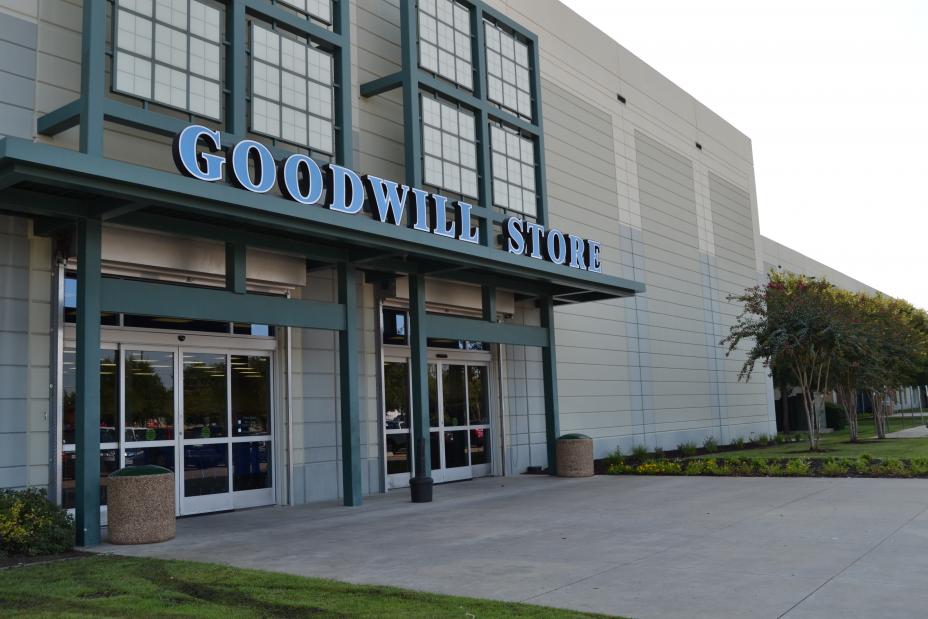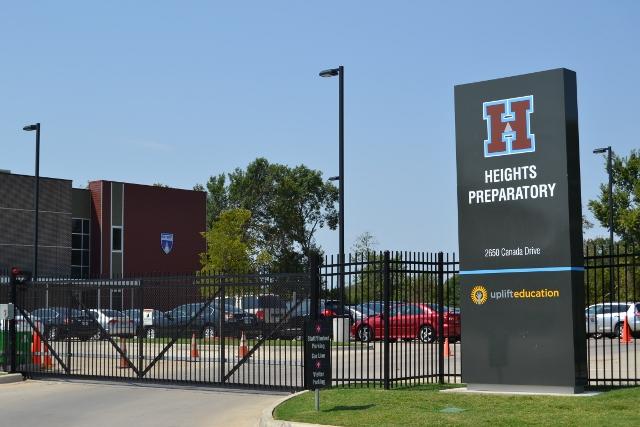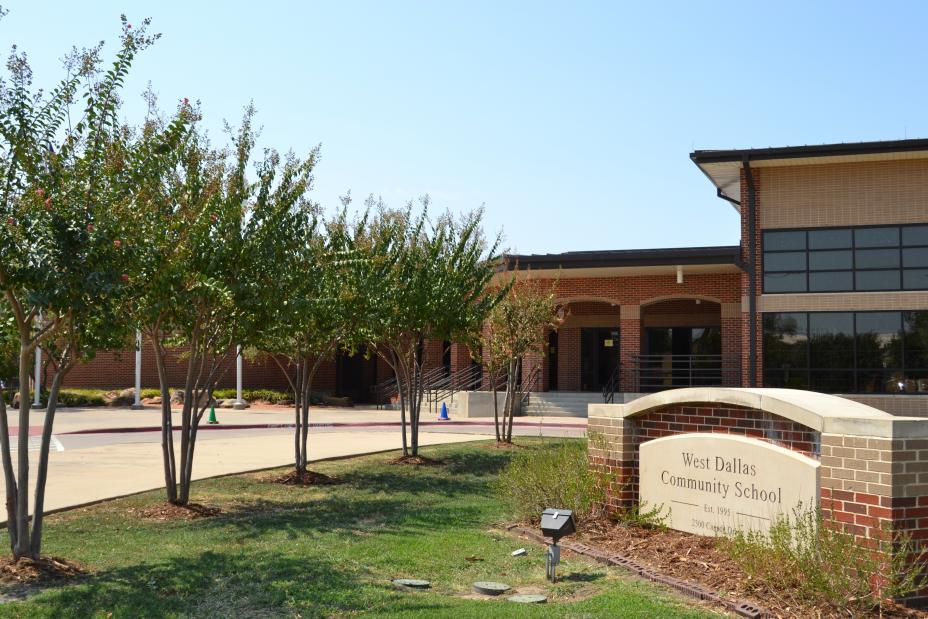Superfund Success Stories: EPA Region 6
On this page:
RSR Corporation
Site Profile Page
RSR Corporation
Site Profile Page
The RSR Corporation Superfund site is a former lead smelter located in West Dallas. The smelter operations and waste disposal practices resulted in contamination of surface soils, sediment, sludge and ground water with lead and other heavy metals. The shutdown of the lead smelting facility and cleanup of the surrounding RSR Corporation Superfund site contributed to dramatic decreases of blood lead levels in local children and provided an important catalyst for the revitalization of West Dallas. Today, the RSR Corporation Superfund site and areas surrounding it host a number of social and economic opportunities for West Dallas, including affordable housing; senior housing and rehabilitation care; charter and magnet schools; grocery stores, commercial and retail developments, libraries, and much more.
More Info on RSR Corporation
-
RSR Corporation Web Success Story (PDF)(1 pp, 1.2 MB)
Pantex Plant (USDOE)
Site Profile Page
Pantex Plant (USDOE)
Site Profile Page
The Pantex Plant Superfund Site is located 17 miles northeast of Amarillo, Texas. It is an active Federal Facility owned by the U.S. Department of Energy/National Nuclear Security Administration (NNSA). The Pantex Plant’s historical waste management practices resulted in the release of both chemical and radionuclide contaminants to the environment. The main focus at the Site is the long-term cleanup of ground water through a ground water extraction and treatment system.
The Pantex Renewable Energy Project (PREP), located on the Pantex Plant Superfund site, was developed by the Department of Energy’s NNSA and includes the nation’s largest federally owned wind farm. The wind farm will generate nearly 47 million kilowatt-hours of electricity per year. This will provide about 60 percent of the energy needed for the nearby Pantex Plant, the nation’s primary facility for the assembly, disassembly, and maintenance of nuclear weapons. The wind farm will also provide the power required to operate the ground water system, which pumps 230 million gallons of contaminated ground water annually. With the start-up of PREP in 2014, DOE Pantex Plant sets a new standard for the future in harnessing wind energy to power an active federal facility.
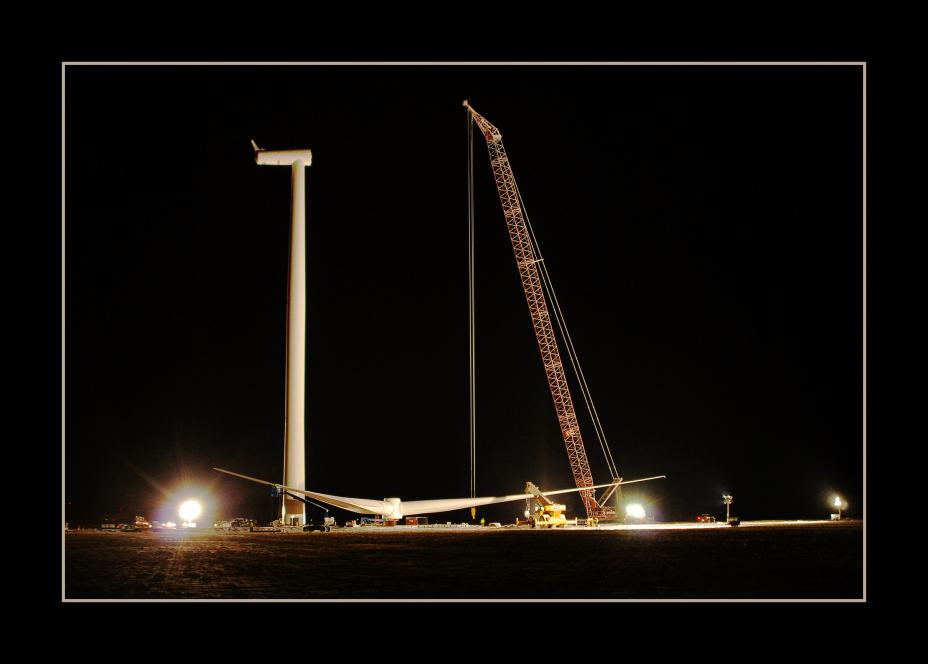 Pantex Wind Turbine at Night
Pantex Wind Turbine at Night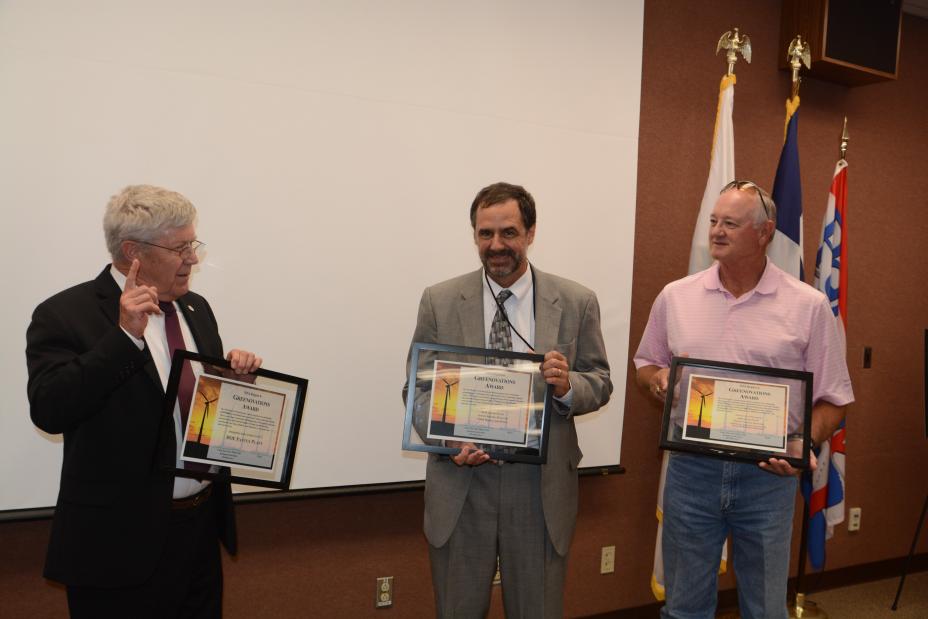 EPA Region 6 Superfund Division Director Carl Edlund presents the Greenovations Award for innovative site reuse at the Pantex Plant Superfund site.
EPA Region 6 Superfund Division Director Carl Edlund presents the Greenovations Award for innovative site reuse at the Pantex Plant Superfund site.More Info on Pantex Plant (USDOE)
Tar Creek Catholic 40 Cleanup Site
Site Profile Page
Tar Creek Catholic 40 Cleanup Site
Site Profile Page
The Tar Creek Catholic 40 site is a historically significant part of the Tar Creek Superfund site (the Site). The Tar Creek Superfund site is located in the Tri-State Mining District, which spans parts of Oklahoma, Kansas and Missouri. Decades of mining and milling activities resulted in large areas of contaminated land and water. The Catholic 40 site contains remnants of a Catholic church building, a cemetery and a boarding school that date to 1893. Members of the Quapaw Tribe attended school and services at these facilities.
In 2012, the Quapaw Tribe signed a cooperative agreement with EPA to clean up the Catholic 40 site - the first time in EPA history that a Tribe has cleaned up portions of a Superfund site. During the cleanup workers excavated 108,000 tons of contaminated mining waste and preserved historic structures, artifacts and landscape features during the cleanup. The recovered artifacts are now protected at the Quapaw tribal museum in Oklahoma. The artifacts and historic structures will provide archeological, educational and historic preservation opportunities in the future.
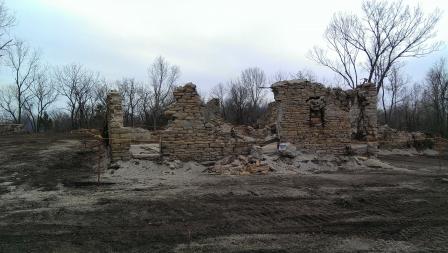 Historic structures preserved during cleanup
Historic structures preserved during cleanup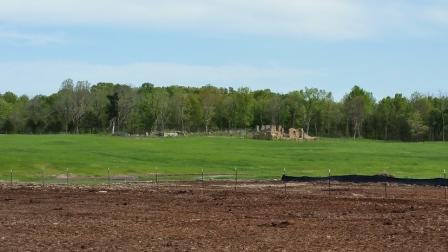 Revegetation of the Catholic 40 site, Spring 2015
Revegetation of the Catholic 40 site, Spring 2015
